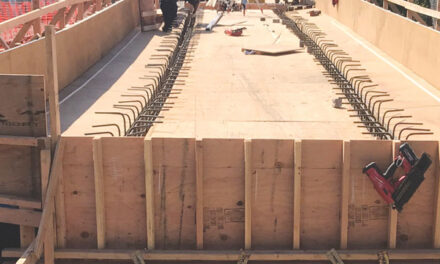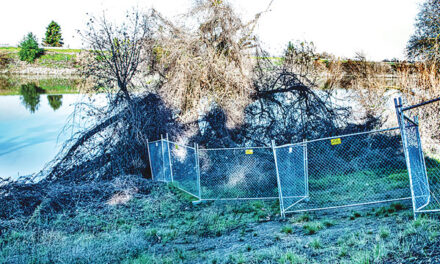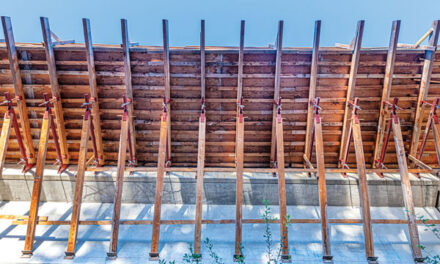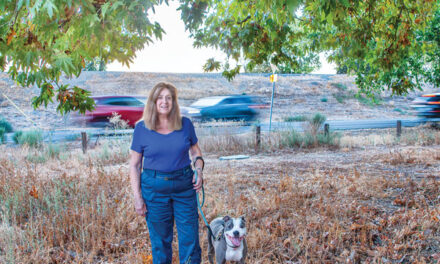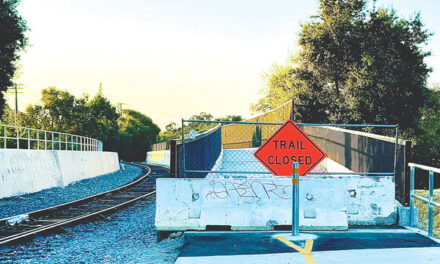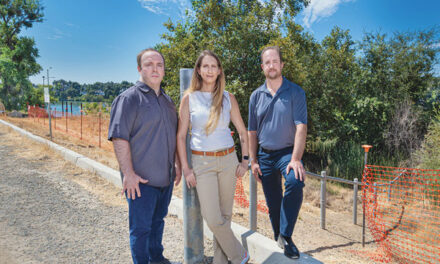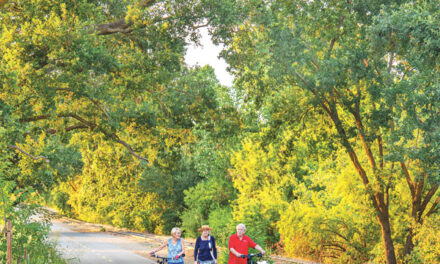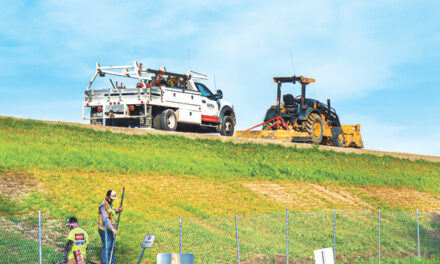Most commuters hate driving during rush hours. Nonproductive hours trapped in a car are emotionally draining and have physical consequences. Negative impacts include stress, exposure to pollutants, reduced sleep and less opportunity for exercise. The traffic glut not only affects us personally, it degrades the environment.
Before the pandemic, rush hours were hellish in Sacramento. Transportation planners felt compelled to design roads with capacity to handle the peaks. Expensive arterials, freeways and interchanges were built, but underutilized for most of the day. Whenever new construction resulted in excess capacity, motorists soon noticed and filled the new roads up again—a costly cycle without end.
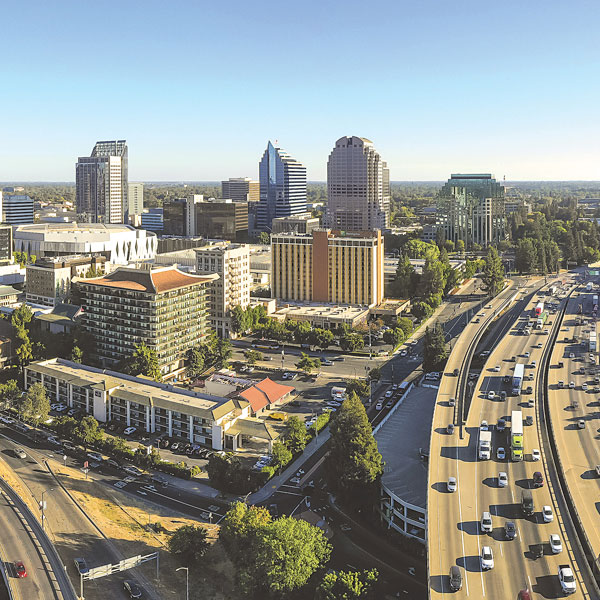
Because traffic congestion has a tipping point, small changes in traffic volumes can either cause gridlock or unclog streets. That’s why cutting road demand by having even a small percentage of people using transit, walking, biking, telecommuting or carpooling can make a big difference in traffic conditions.
It’s why policies to shift the timing of trips, such as congestion pricing or higher transit fares, have been used. Still, many commuters seem willing to sit and stew in traffic.
As the lockdown began, gridlock disappeared. Air in many places was uncharacteristically clean and clear. Many employees worked from home. Kids stayed home, too, and learned from computer screens. Unfortunately, many workers lost their jobs. Children suffered academically and socially.
As the world re-emerges, traffic has gradually picked up.
The current situation is complicated by crosscurrents and layered effects. With COVID variants in the air, far fewer people take public transit. Some have decided driving or biking is a better option.
People working from home in suburbs started making local afternoon trips. According to the Wall Street Journal, those errands boosted suburban afternoon traffic in many places to levels higher than before the pandemic, even though morning rush hour volumes declined.
When you live in Elk Grove, Folsom or Roseville, almost every trip means getting in a car. Denser urban areas bring people, goods and services closer together and encourage trips on foot or bike.
Now transportation planners have a quandary. They need to anticipate how permanent the COVID transportation patterns are and what the new normal will be.
It’s pretty clear that telecommuting has changed the game for the long haul. Technology has made it easier not to go to a physical office. Employers see it’s possible to avoid facility expenses with negligible effects on productivity. Employees can avoid the costs and times of a commute. Prior reluctance to accept telecommuting as a work option has vanished.
Transportation planners have to take all that into account. And while average commute trips per individual may fall, planners have to factor in continued population growth. Perhaps most importantly, they have to decide whether an increasingly fierce imperative to “decarbonize” transportation and address climate change will transform how and when we commute.
Adding road capacity is what we’ve always done (and are still doing on the W-X freeway) to move traffic during rush hours. It hasn’t worked. We need something different.
Without truly transformative changes in how we get around, we can expect a continuation of the personal harms of time wasted in traffic. We also have to deal with severe consequences of climate change—impacts far worse than just oppressive heat. Every year there will be more wildfires and stifling smoke, droughts, floods, crop damage and disastrous storms.
We need to manage rush hours and not let them manage us.
Walt Seifert is executive director of Sacramento Trailnet, an organization devoted to promoting greenways with paved trails. He can be reached at bikeguy@surewest.net. Follow us on Facebook, Twitter and Instagram: @insidesacramento.



